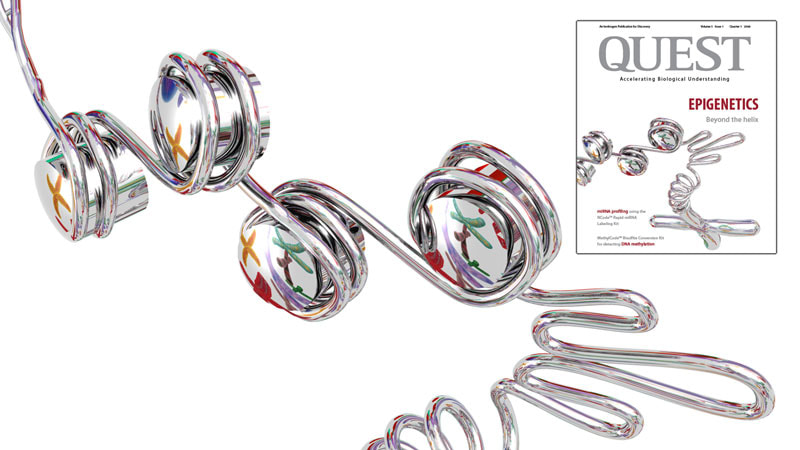3D
The Illuminated CellOrginally created as a centerpiece for an educational poster, my 3d cell model ended up having a surprisingly long shelf-life. Imagery from the model was used in a range of other projects including three subsequent editions of the poster.
3d modeling, textures and poster layout: Lydia Jablonski |
Fusion Protein ModelWith the addition of calcium, the calmodulin-GFP-CFP fusion protein changes conformation allowing FRET fluorescence. Only the pieces and not the whole fusion protein were available as models. Many discussions with scientists and a lot of playing with pipe cleaners helped to inform my final construction.
3ds max modeling and textures: Lydia Jablonski |
MAKING THINGS
|
Legos were my first 3D modeling tool. I grew up with a second-hand set of blocks in limited shapes and colors (red, white and blue with an occasional yellow). My building platforms were thick blue rectangles with the form factor of a graham cracker. I wanted to make multi-story Lego houses but was obsessed with having actual stairway access between the floors.
|
I never understood the logic of dollhouses: boxes stacked up and open at the back but with no staircases inside. By what special magic do the people move between floors? They filled me with the same uneasy feelings and unanswered questions I got when watching The Hollywood Squares.
|
My final solution was to offset the floors creating split-level buildings to rival Falling Water albeit in red, white and blue. I went on to receive many awards for these innovative structures in family talent shows. My other area of making excellence was in the creation of hyper-layered Jello molds. Everyone predicted that, of course, I would become an architect. My true calling as the first girl astronaut was yet to be revealed.
|




